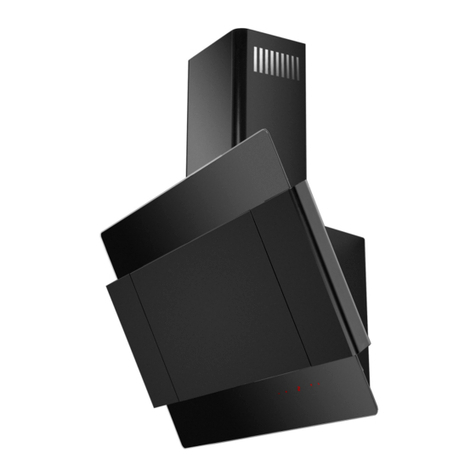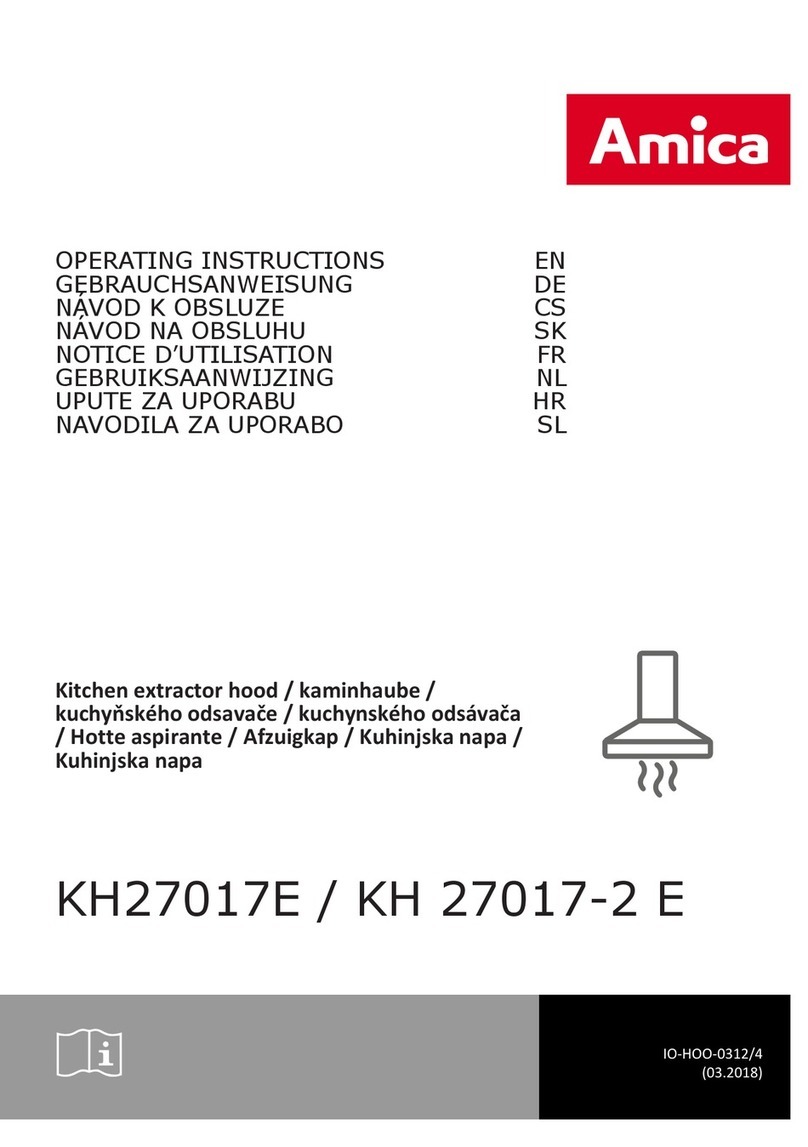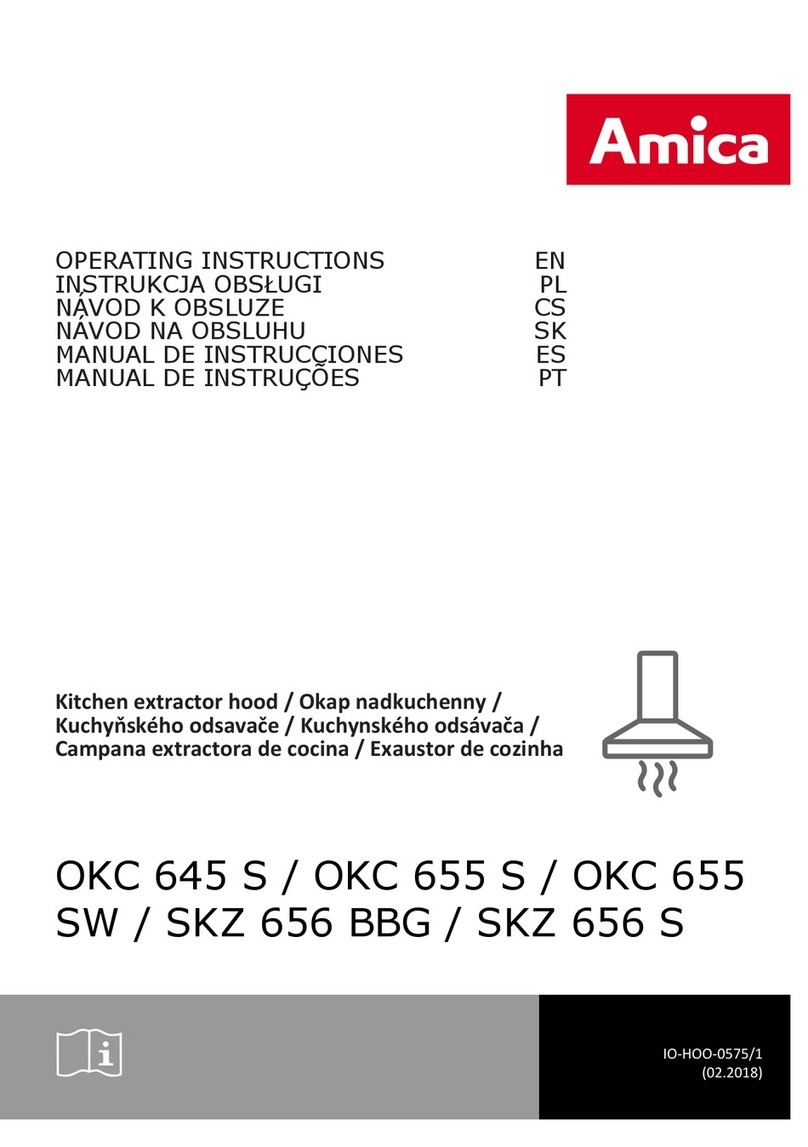Amica OWC 952 G User manual
Other Amica Ventilation Hood manuals

Amica
Amica OKP6654IS User manual
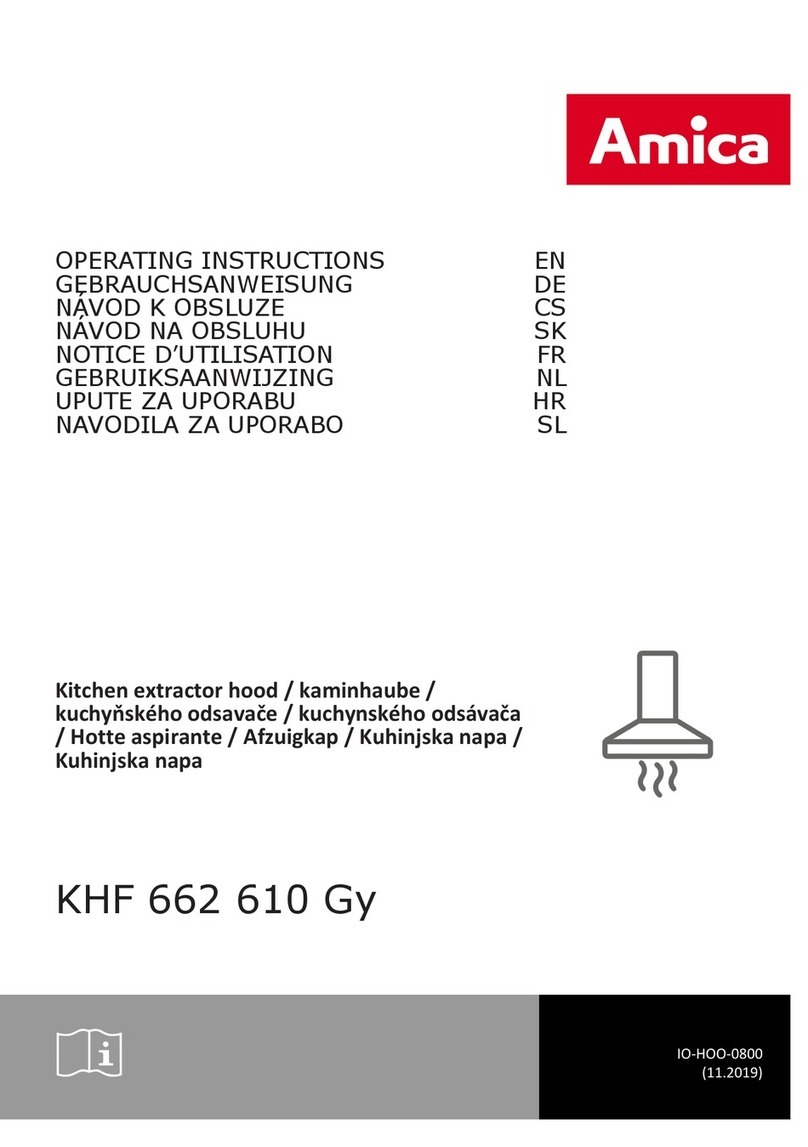
Amica
Amica KHF 662 610 Gy User manual

Amica
Amica HCT Series User manual

Amica
Amica KH 17117 E User manual
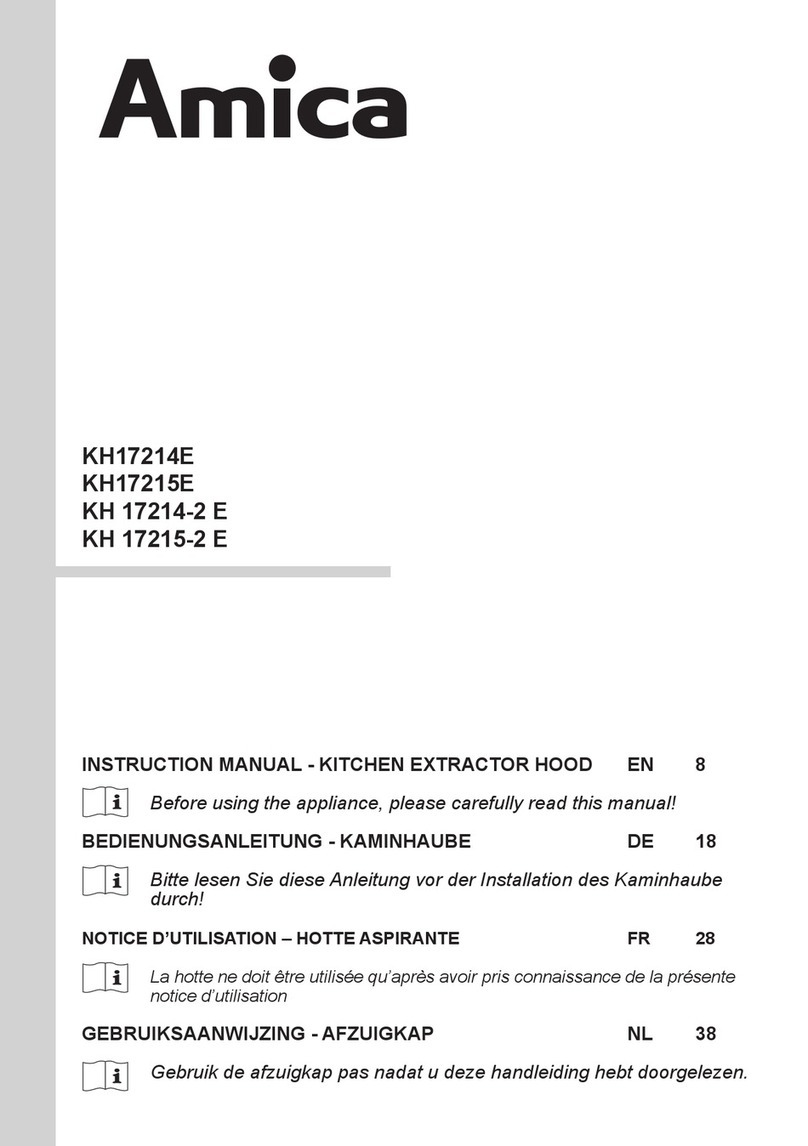
Amica
Amica KH 17214-2 E User manual
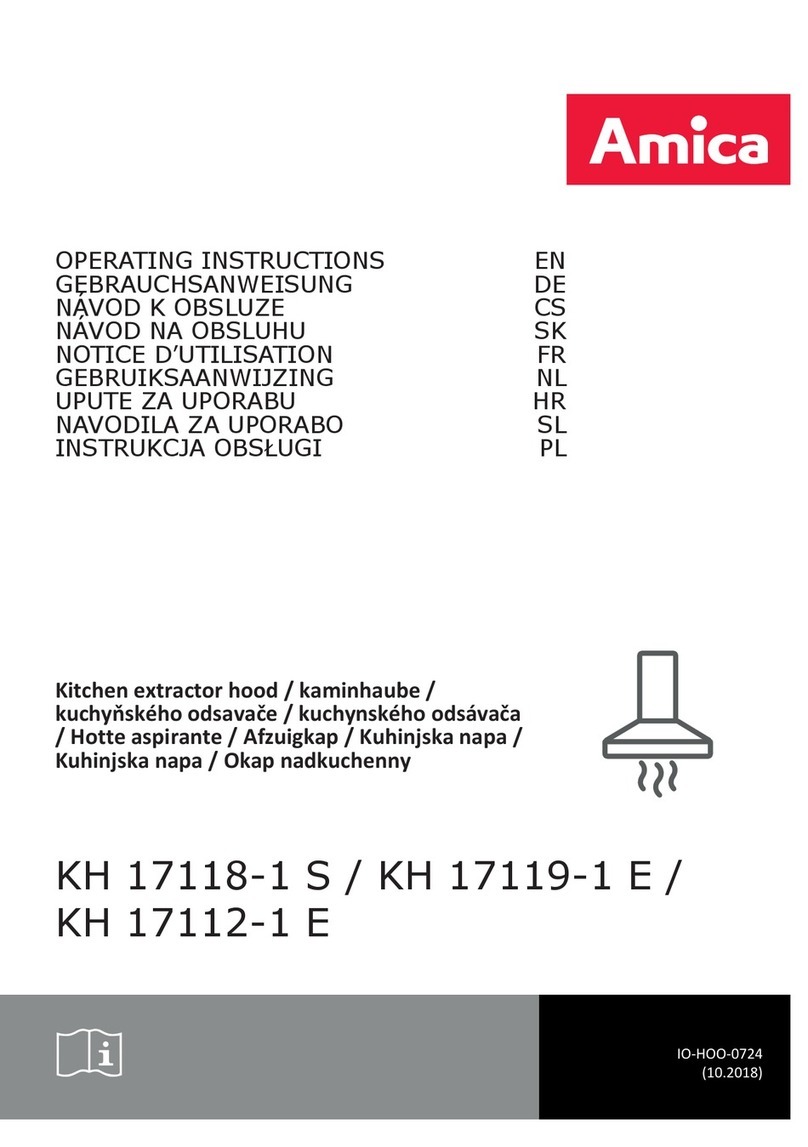
Amica
Amica KH 17118-1 S User manual
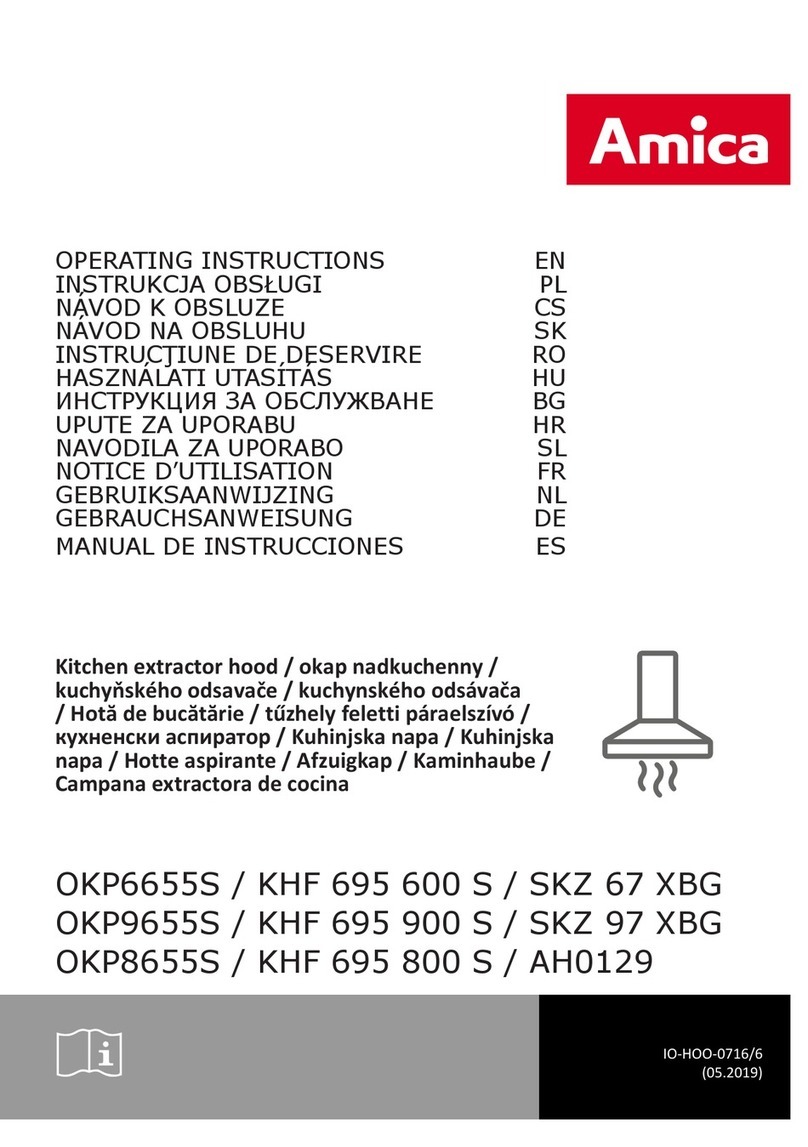
Amica
Amica OKP8655S User manual

Amica
Amica IH 17211 E Instruction Manual

Amica
Amica OMP6252BG User manual

Amica
Amica OKF921G User manual
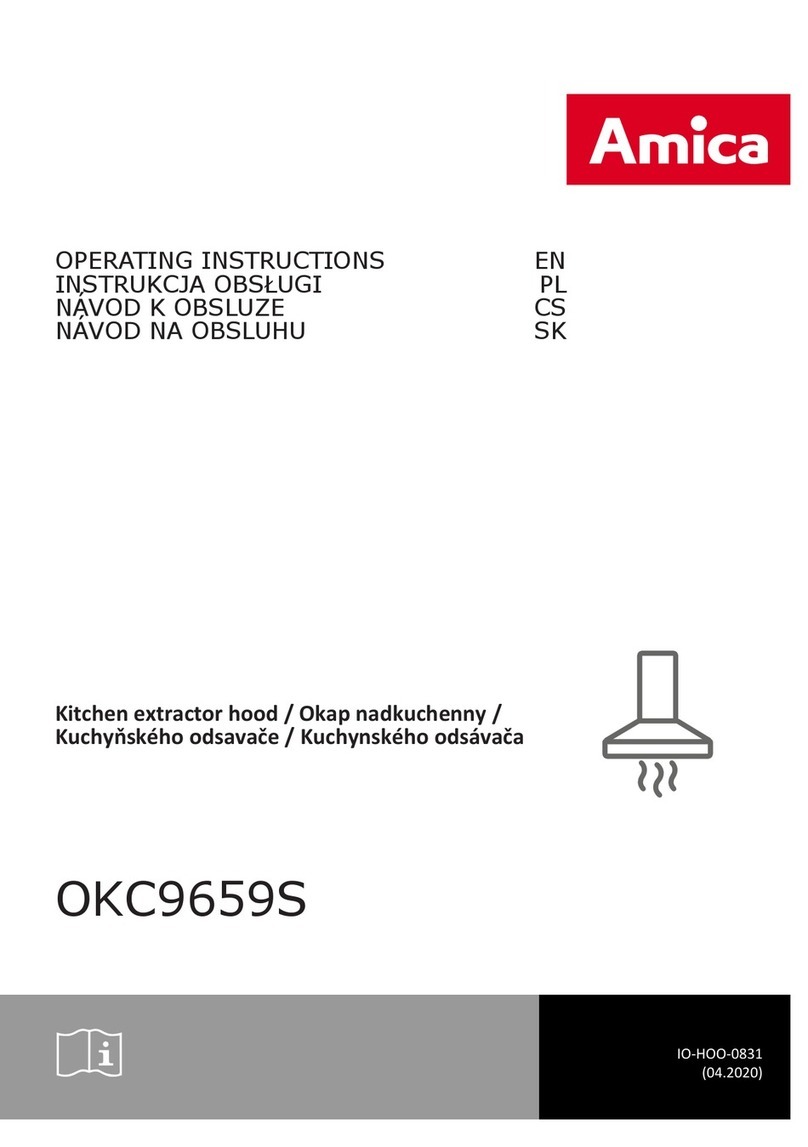
Amica
Amica OKC9659S User manual

Amica
Amica OKC951S User manual
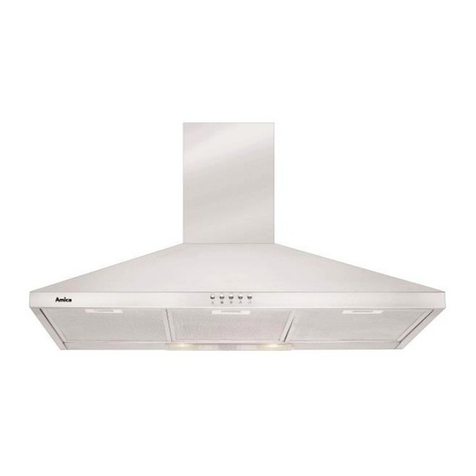
Amica
Amica AH3119 User manual

Amica
Amica OKS9541S User manual

Amica
Amica ST Series User manual
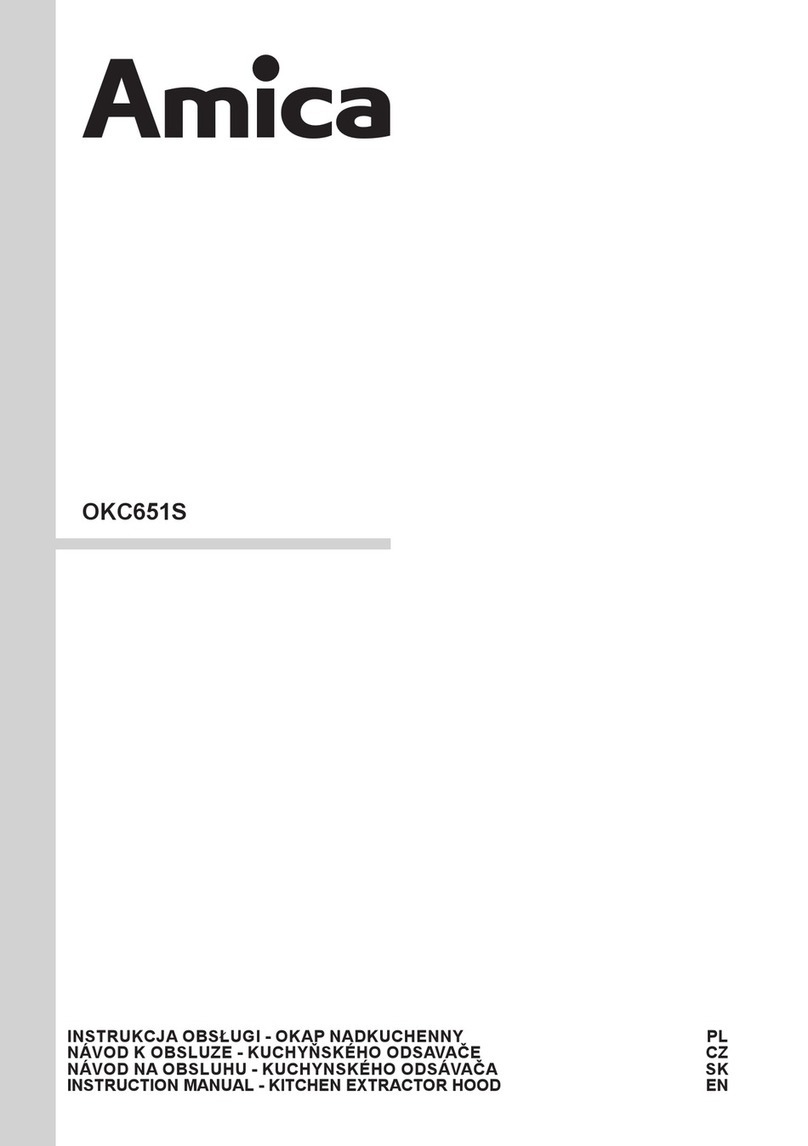
Amica
Amica OKC651S User manual
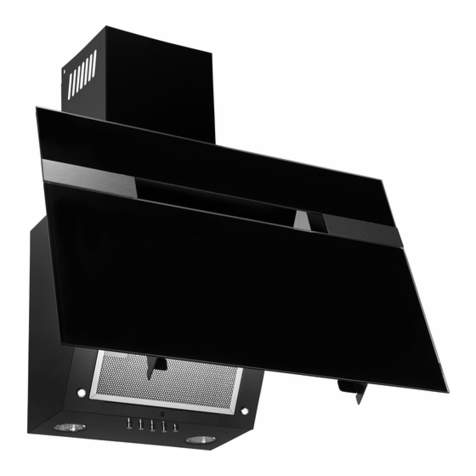
Amica
Amica KH 17402 S User manual
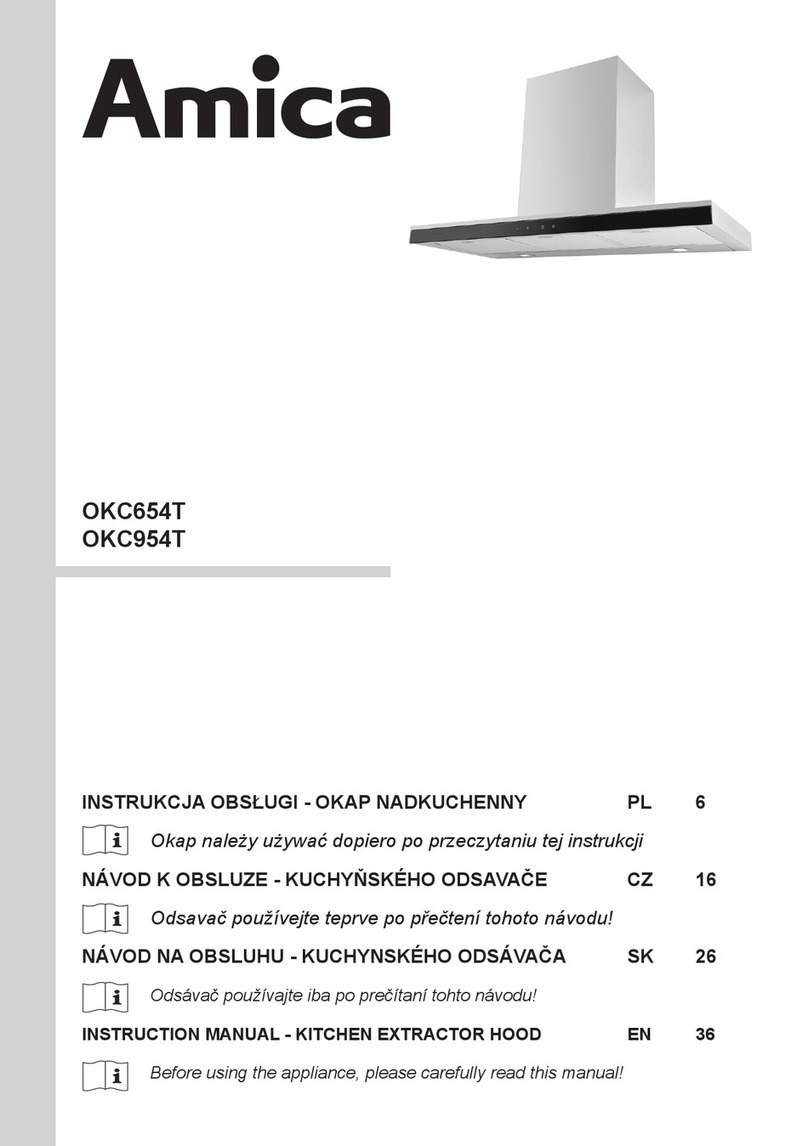
Amica
Amica OKC954T User manual

Amica
Amica KH17021E User manual
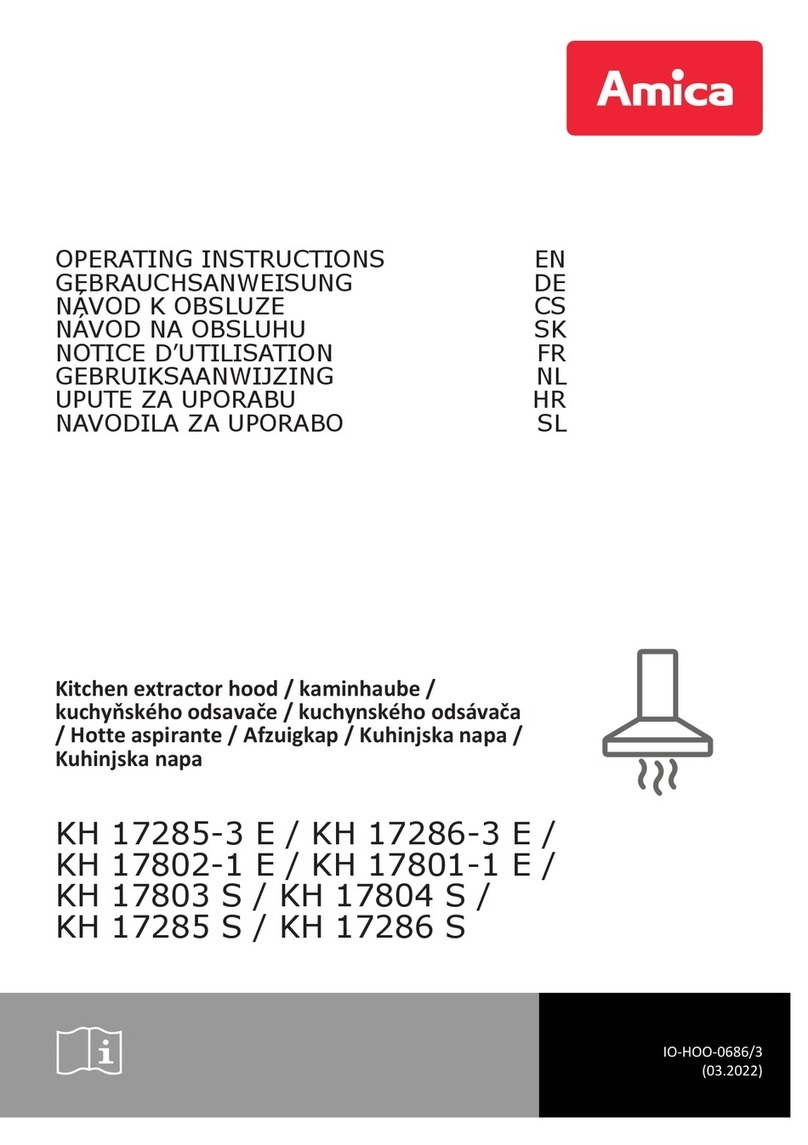
Amica
Amica KH 17285-3 E User manual
Popular Ventilation Hood manuals by other brands

Gorenje
Gorenje S3 IHGC963S4X manual

KOBE
KOBE ISX2136SQB-1 Installation instructions and operation manual

U.S. Products
U.S. Products ADVANTAGE-100H Information & operating instructions

Kuppersberg
Kuppersberg DUDL 4 LX Technical Passport

Framtid
Framtid HW280 manual

Thermador
Thermador HGEW 36 FS installation manual

